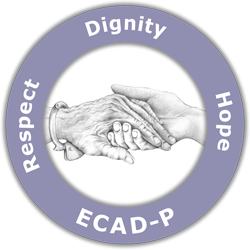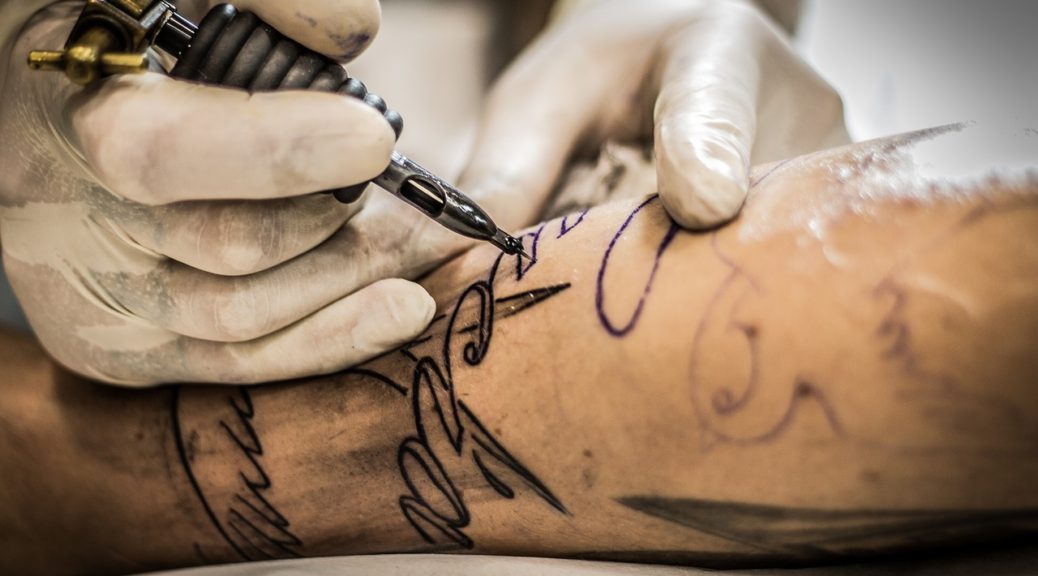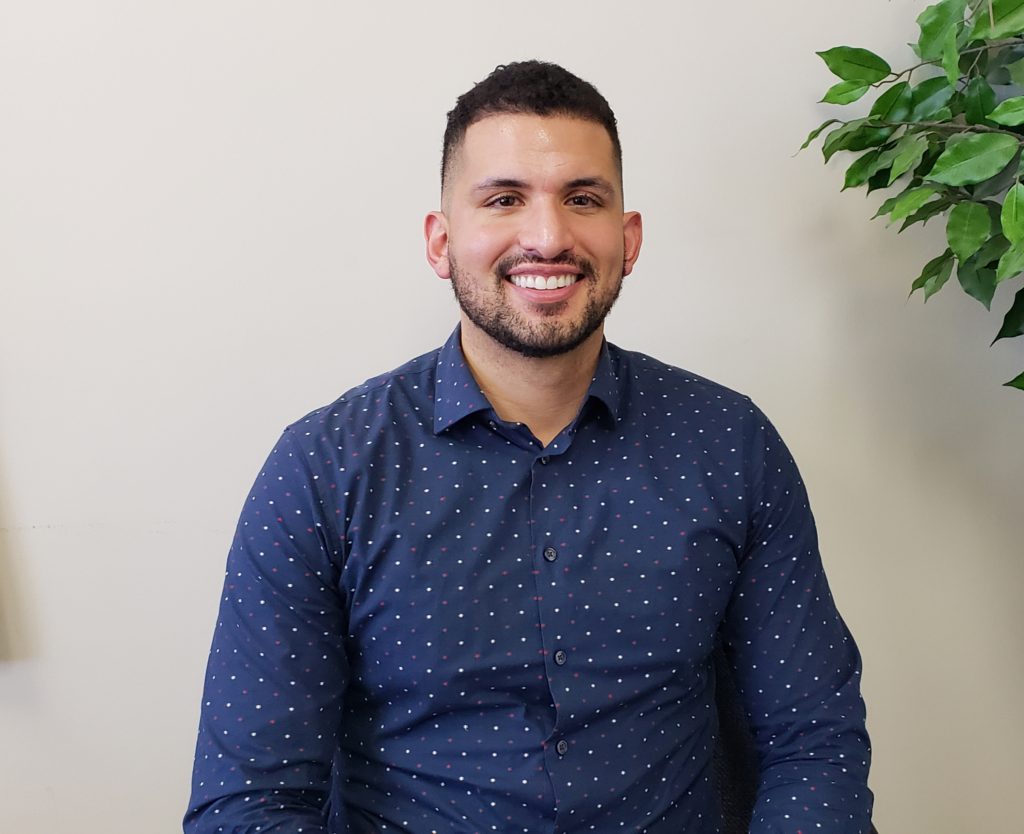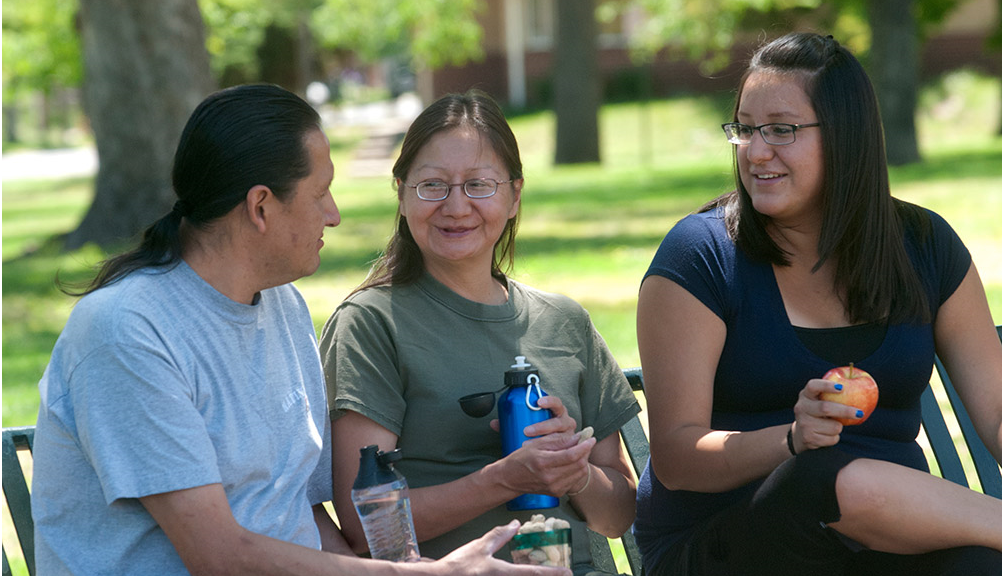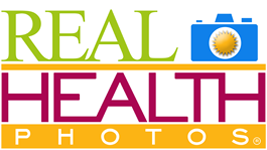The Importance of Managers’ Awareness of Sun Protection Policy
Improving occupational sun protection is a priority in the United States, as The Surgeon General’s Call to Action to Prevent Skin Cancer highlights. Klein Buendel and its collaborators responded to the call by launching a randomized trial to evaluate the effectiveness of a workplace sun protection program for outdoor workers. The program, Sun Safe Workplaces, was implemented with 98 public employers in Colorado, a state with high ultraviolet radiation due to its high elevation and sunny climate. The intervention promoted the adoption or strengthening of sun safety policy and the implementation of employee sun protection training. A two-year follow-up study also was completed with 68 of the 98 public sector employers.
In a recent publication in the American Journal of Industrial Medicine, Dr. Barbara Walkosz, Klein Buendel Senior Scientist, and her coauthors reported results related to the hypothesis that senior managers’ awareness of sun protection policy in the workplace would predict increased sun safety practices by employers and employees who work outdoors.
A full description of the methods (questionnaires and on-site observations), results, conclusions, and limitations of the research can be found in the American Journal of Industrial Medicine publication. In general, more sun safety messages, manager-employee communication, sun safety practices, and sun protection equipment (sunscreen, hats, etc. ) were evident when senior managers were more aware of their organization’s sun protection policy.
Overall, the authors found that occupational sun protection programs can be more effective on the “front line” (with people who work outdoors) when the “back office” (senior management) is aware of and can, therefore, support and encourage their organization’s sun safety policies and practices.
This analysis was funded by a grant from the National Cancer Institute at the National Institutes of Health (CA134705; Dr. David Buller and Dr. Barbara Walkosz, Principal Investigators). Dr. Walkosz’s coauthors on this paper included Dr. David Buller, Ms. Mary Buller, and Ms. Xia (Lucia) Liu from Klein Buendel, and Dr. Allan Wallis from the University of Colorado Denver.

